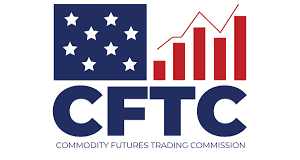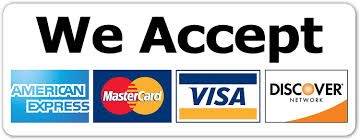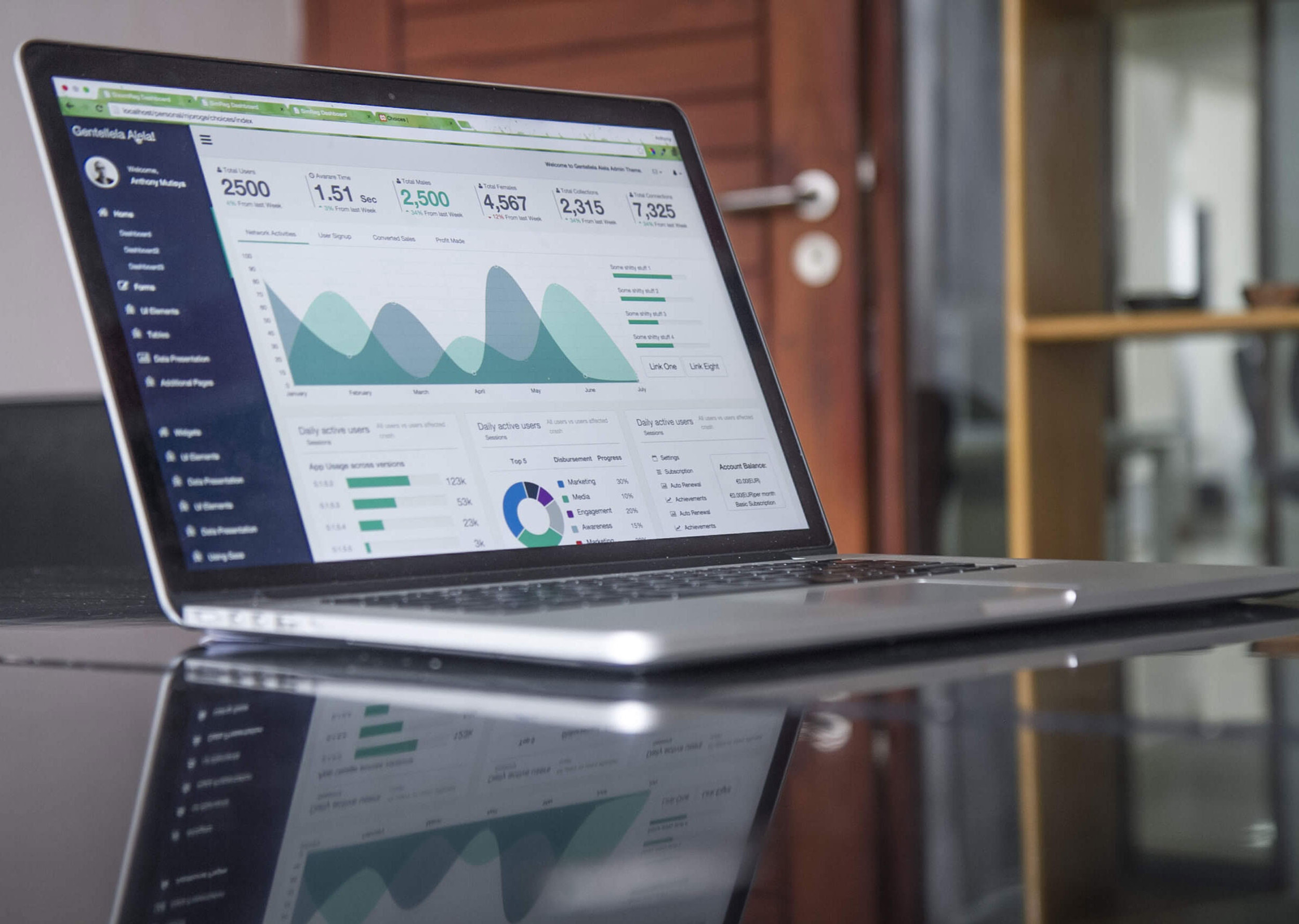
Automatic trade systems, also known as algorithmic trading or simply algo trading, is a rapidly growing area of the financial world. This type of trading uses advanced mathematical algorithms and computer software to automate the buying and selling of financial instruments, such as stocks, bonds, and currencies. The main goal of automatic trade systems is to make the process of executing trades faster, more accurate, and more profitable than traditional manual trading methods.
Here in this post, we are going to learn whether we can automate stock trading for a profit or not.

Advantages of Automatic Trade Systems
There are several key advantages to using automatic trade systems. Firstly, these systems allow traders to execute trades much faster than they could with manual methods. This can be particularly important in fast-paced and highly competitive markets, where every second counts. Secondly, automatic trade systems can help to eliminate the emotional biases that can often cloud judgment and lead to poor investment decisions. By using algorithms to make trades based on predefined rules and market conditions, traders can avoid making impulsive decisions that may negatively impact their investments.
Another advantage of automatic trade systems is that they allow traders to test and optimize their trading strategies in real-time. This can help traders to identify areas for improvement and make adjustments to their strategies to increase their profitability. Furthermore, automatic trade systems can back test historical market data to determine the optimal parameters for a given strategy, which can help traders to fine-tune their approach and maximize their chances of success.
Drawbacks of Automatic Trade Systems
While automatic trade systems offer many benefits, there are also some drawbacks to consider. One of the main disadvantages is the cost of developing and maintaining these systems, as traders need to invest in specialized software and hardware, and may require the services of a programmer to develop and maintain their algorithms. Additionally, automatic trade systems can be complex and require a deep understanding of financial markets and programming languages, which can be a barrier to entry for many traders.
Another potential drawback of automatic trade systems is that they are not foolproof. Unexpected market events or system failures can disrupt the trading process, leading to significant losses. Additionally, automatic trade systems are only as good as the algorithms they are built on, so traders need to ensure that their algorithms are based on sound and well-researched trading strategies.
In conclusion, automatic trade systems are a rapidly growing area of the financial world, and offer many advantages to traders who are looking to make faster, more accurate and more profitable trades. However, traders need to be aware of the costs and risks associated with this type of trading, and should be prepared to invest time and resources into developing and maintaining their systems. Additionally, traders should have a deep understanding of financial markets and be willing to continuously learn and adjust their strategies to achieve long-term success.
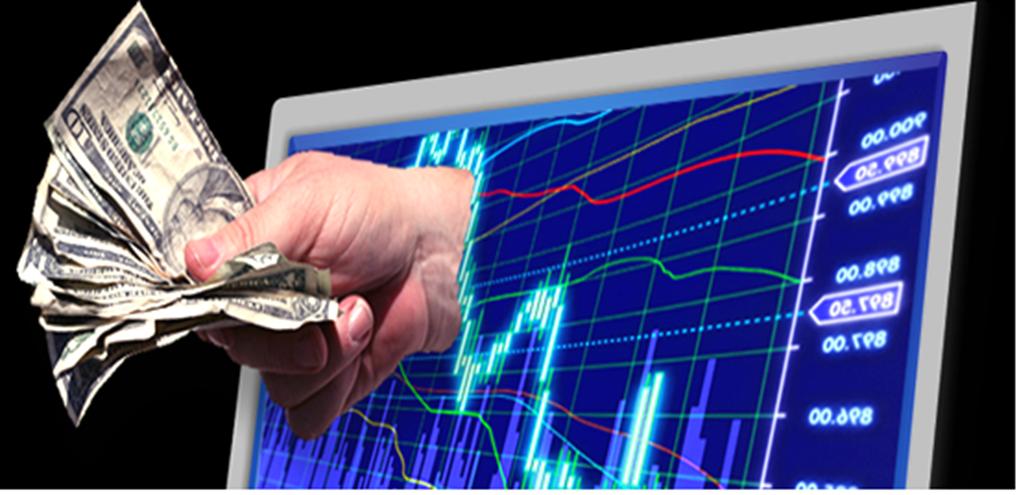
So can you automate stock trading for a profit?
Yes, you can automate stock trading for a profit. Automated stock trading, also known as algorithmic trading, is a process where traders use computer programs to execute trades based on specific rules and algorithms. This eliminates the need for manual intervention and allows for faster and more accurate trade execution.
There are several benefits to automating stock trading, including the ability to execute trades faster than manual traders, the ability to take advantage of market inefficiencies, and the ability to backtest and optimize trading strategies. However, there are also several challenges to consider when automating stock trading, including the need for specialized software and programming skills, the need to constantly monitor and update the algorithms, and the potential for system failures or unexpected market events to disrupt the trading process.
To get started with automated stock trading, you will need to have a clear understanding of the stock market and a basic knowledge of programming. You will also need to choose a platform to automate your trades, such as MetaTrader, NinjaTrader, or TradingView. These platforms offer a range of tools and resources to help you build and backtest your trading algorithms, and to execute trades automatically.
Once you have chosen a platform and learned the basics of automated trading, you can start developing and testing your own algorithms. This will typically involve researching market trends, identifying profitable trading strategies, and developing algorithms that can be used to execute trades based on these strategies. It’s important to keep in mind that automated trading is not a get-rich-quick scheme, and success requires a deep understanding of the stock market, a well-designed and tested trading strategy, and constant monitoring and maintenance of the trading algorithms.
There are many different approaches to automating stock trading, and the most successful traders often use a combination of technical and fundamental analysis to develop their algorithms. Technical analysis involves studying price and volume data to identify trends and make predictions about future price movements, while fundamental analysis involves evaluating a company’s financial health, management, and growth potential to make investment decisions.
Once you have developed and tested your trading algorithms, it’s important to monitor your performance and make adjustments as needed. This can involve adjusting the parameters of the algorithms, such as the size of trades or the frequency of trades, or it can involve developing new algorithms to take advantage of changes in market conditions.
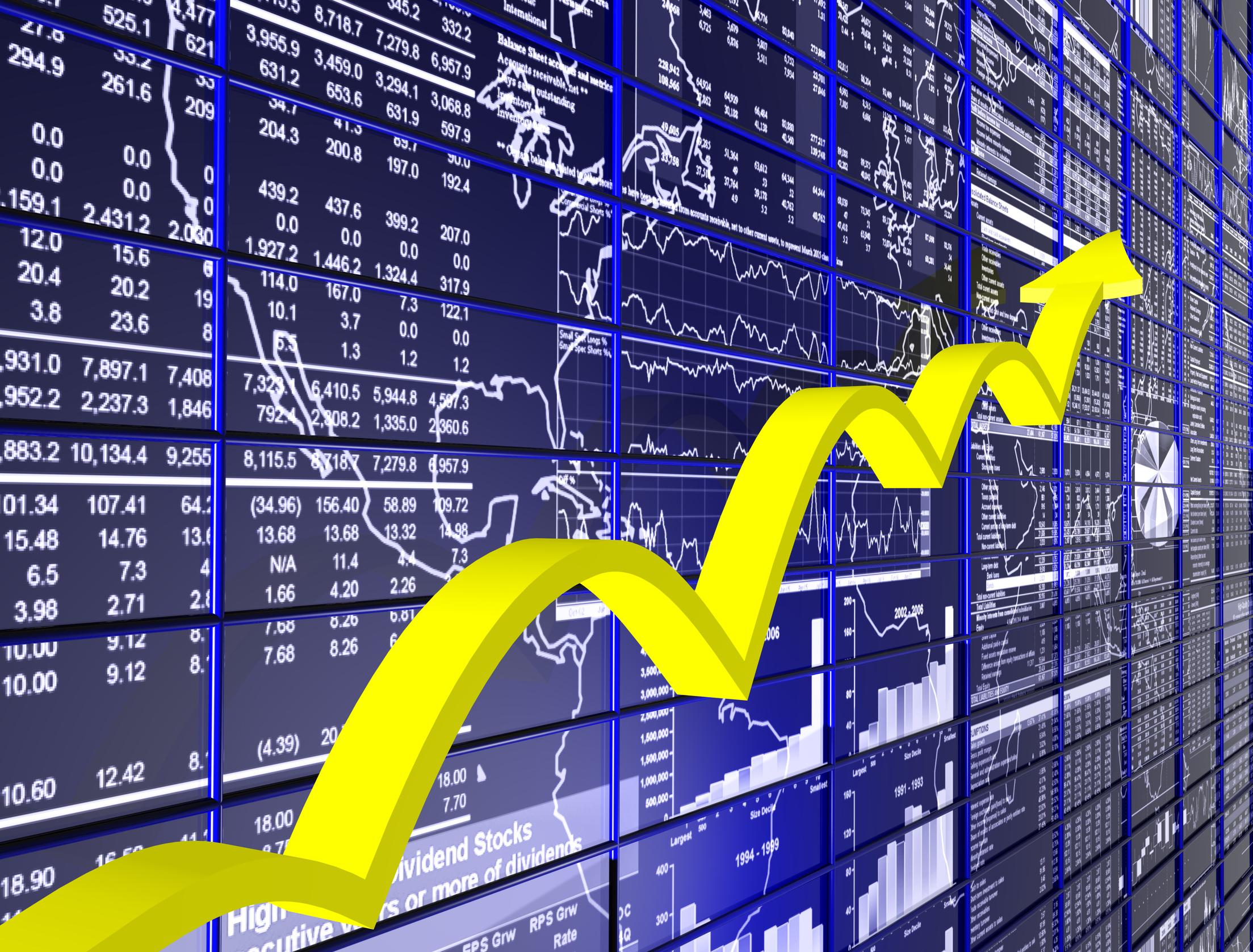
Bottom line
In conclusion, automating stock trading can be a highly effective way to increase the speed, accuracy, and profitability of your trades. However, success requires a deep understanding of the stock market, a well-designed and tested trading strategy, and constant monitoring and maintenance of the trading algorithms. If you’re considering automating your stock trading, it’s important to approach the process with patience, dedication, and a willingness to continuously learn and improve your strategies over time.
See Our – Why use an Automated Trading System ATS
See Our Limited Time “Promo Offer” and see how you can become our Client!








